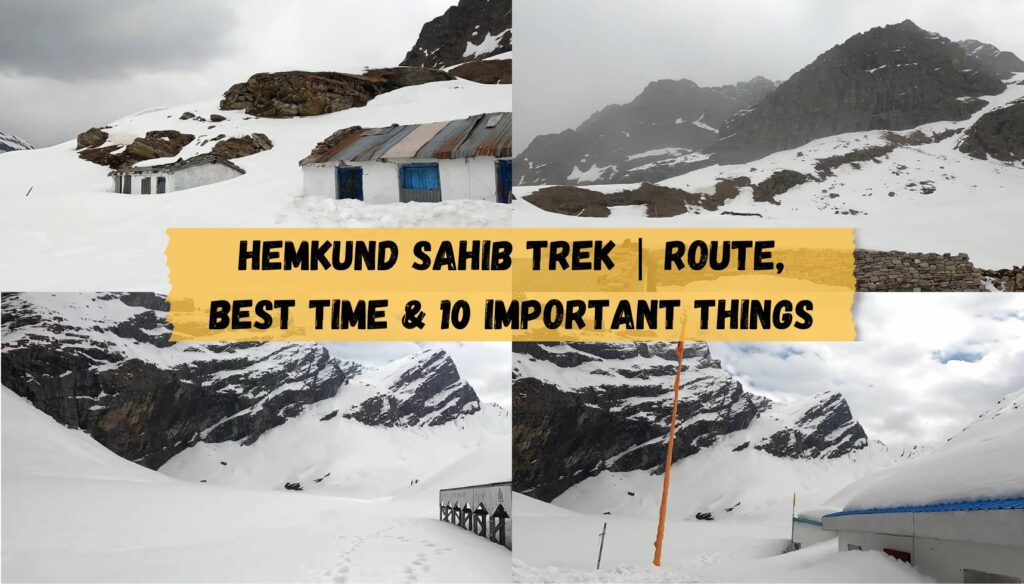
Hemkund Sahib located in the Garhwal Himalayas of Uttarakhand, India. It is a honored Sikh temple and situated over 15,000 feet above the sea level. This very important holy spot holds great significance for both Sikhs and Hindus. The temple is surrounded by huge snow covered mountains and magnificent mountain grasslands and can be reached only via a difficult trek from Govindghat. The 19 kilometer walk begins with a difficult climb from the base camp at Ghangaria which requires high physical endurance and stamina.
When visitors arrive to the temple they are greeted with the peaceful atmosphere of the Gurudwara and the beautiful Hemkund Lake. During their visit, believers are supposed to dress gently, be silent, and observe religious practices. The holy season normally runs from June to September and provides devotees with a window of opportunity to go on this spiritual journey and experience the calm and elegance of Hemkund Sahib among the stunning Himalayan scenery.
Hemkund Sahib dream destination of every individual.
Hemkund Sahib Route
Over view of the route
Starting point: The trek to Hemkund Sahib begins at Govindghat, which is accessible by road from Rishikesh and Haridwar. The 19-kilometer trek to the base camp at Ghangaria takes you through lush surroundings and stunning waterfalls. From Ghangaria, a difficult 6-kilometer climb leads to Hemkund Sahib, situated in the Himalayas. The return route ends at Govindghat.
Base Camp: Govindghat serves as the trek’s base camp. It’s best to spend the night here to adjust before starting the hike.
Trail Distance: The distance from Govindghat to Hemkund Sahib is 19 kilometers (11.8 miles) one way. It’s a difficult ascent through stunning vistas that takes about 6-8 hours. The return route ends at Govindghat.
Duration: The trip typically takes 6 to 8 hours one way, depending on personal fitness levels and weather conditions.
Altitude Gain: The journey has a large height climb, beginning at roughly 6,300 feet at Govindghat and reaching over 15,000 feet at Hemkund Sahib.
Route Details
- Govindghat to Ghangaria (Base Camp):
- The trek begins at Govindghat, where you will find the starting point and registration counters.
- The first section follows a well-marked track along the banks of the Alaknanda River, going through lush forests and stunning scenery.
- After about 9 kilometers (5.6 miles), you’ll arrive at the village of Ghangaria, which serves as the base camp for Hemkund Sahib.
- Ghangaria provides trekkers with a place to stay, a meal, and entertainment options. It is best to spend the night here before traveling to Hemkund Sahib.
- Ghangaria to Hemkund Sahib:
- The following day, depart early from Ghangaria for the hike to Hemkund Sahib.
- The path that leads from Ghangaria to Hemkund Sahib is steep and difficult, with a gradual climb through rocky terrain and snow-covered mountains.
- Along the route, you’ll see beautiful forests of pine and rhododendron, as well as several picturesque waterfalls.
- As you ascend, the air becomes thinner and the temperature drops, so pace yourself and stay hydrated.
- After traveling roughly 6 kilometers (3.7 miles) from Ghangaria, you will arrive in Hemkund Sahib, which is hidden among snow-capped peaks and surrounded by glacier scenery.
- Exploring Hemkund Sahib:
- When you get at Hemkund Sahib, take some time to relax and enjoy the gurudwara’s peaceful environment as well as the surrounding Himalayan beauty.
- Pay your respect at the gurudwara and eat at the langar (community kitchen), where volunteers provide basic meals to all visitors.
- Don’t miss the pristine Hemkund Lake, which is regarded important by both Sikhs and Hindus, and is located near the gurudwara.
Return Journey
- After spending some time at Hemkund Sahib, start your descent back to Ghangaria.
- The return trip usually takes less time because it’s mostly downhill.
- Return from Ghangaria to Govindghat, where you can recover and reflect on your remarkable journey to Hemkund Sahib.
Tips for the Trek:
- Begin the hike early in the morning to avoid direct sunlight and expected afternoon rainfall.
- Carry enough water, food, and necessary trekking equipment such as trekking poles, strong footwear, and rain gear.
- Dress in layers to adapt to the varying temperatures along the path.
- Take regular breaks to relax and adapt, especially on steep sections of the path.
- During your walk, follow the instructions of local guides and authorities while also respecting the natural environment and local customs.
The trip to Hemkund Sahib is not just an act of worship, but also a memorable adventure through some of the Indian Himalayas’ most breathtaking views.
Best time to visit Hemkund Sahib
The best time to visit Hemkund Sahib is between June and September. During this time, the weather is often stable, and the trekking route is accessible. However, it is vital to avoid the monsoon season (July and August) because heavy rains can make the trek difficult and dangerous.
Important things to know about Hemkund Sahib
Altitude
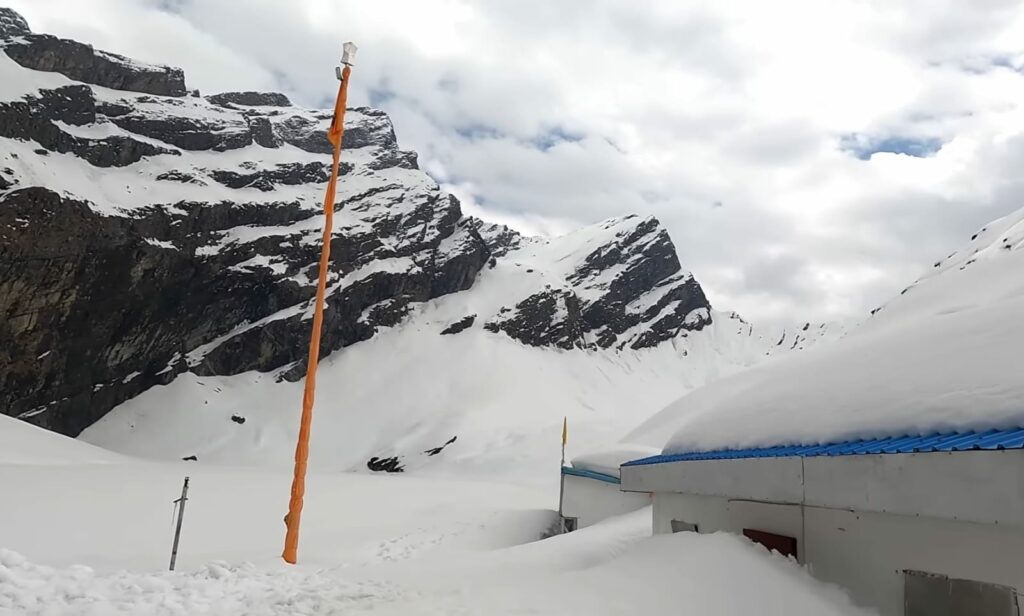
Hemkund Sahib, located at an elevation of more than 15,000 feet, is at risk for altitude sickness. Proper oxygenation and hydration are critical. Ascend gradually, allowing your body to adapt. Maintain hydration by consuming plenty of water. Recognize symptoms of altitude sickness, such as headaches and nausea, and descend as needed. Take stops throughout the walk to relax and acclimatize. Following these steps will result in a safer and more pleasurable travel to Hemkund Sahib.
Weather
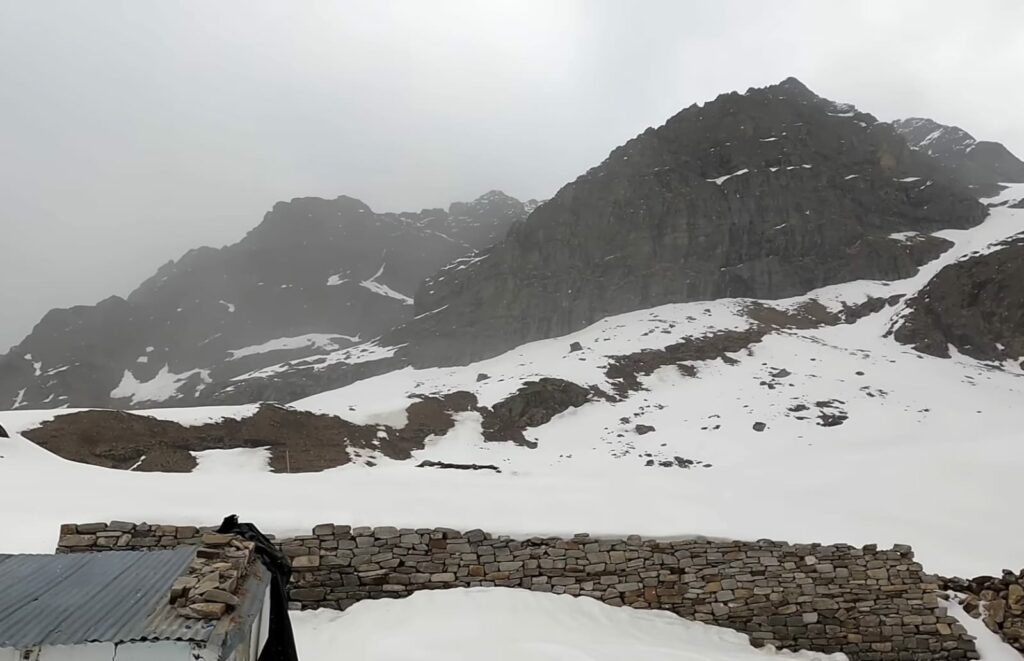
Weather in the Himalayas can change suddenly. Before embarking on your walk, check the weather forecast and pack appropriate clothing for the sun and cold. Layering garments allows you greater flexibility. Sunglasses and sunscreen protect against sun exposure. Carry rainproof gear. Prepare for lower temperatures at higher altitudes. Prepare for unforeseen weather changes to protect your comfort and safety on the hike to Hemkund Sahib.
Trek Difficulty
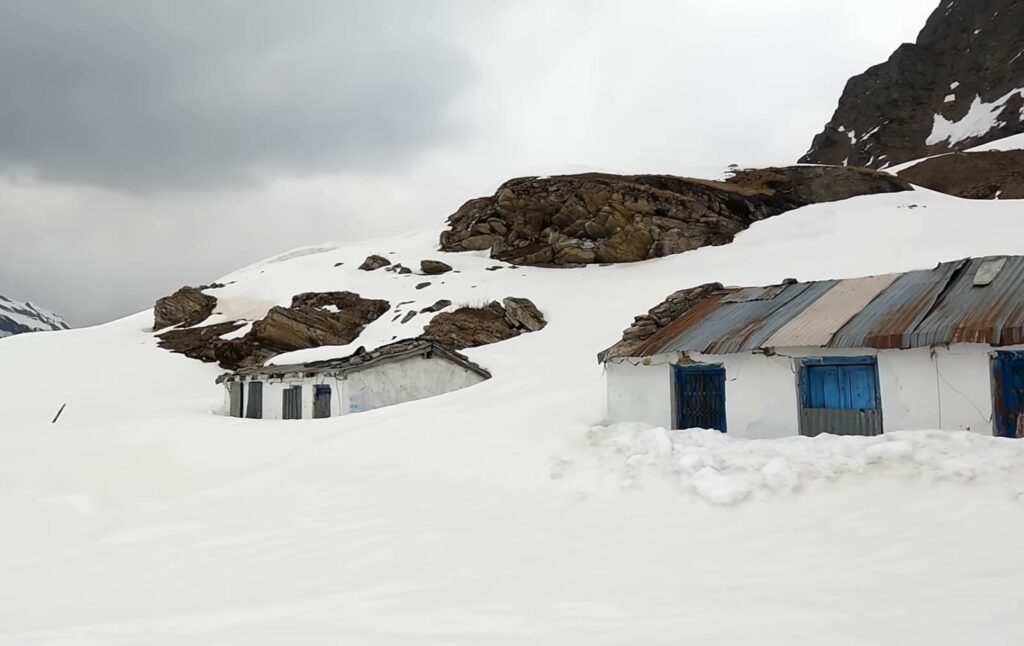
The walk to the temple includes a difficult climb, particularly the steep climb from Ghangaria. It requires adequate physical fitness and stamina. Trekking poles provide stability on tough terrain. Take regular breaks and pace yourself. Begin the hike early to avoid the strong sunshine. Proper footwear is vital. Trekkers can negotiate the hard terrain more easily and safely if they prepare properly and use trekking poles.
Accommodation
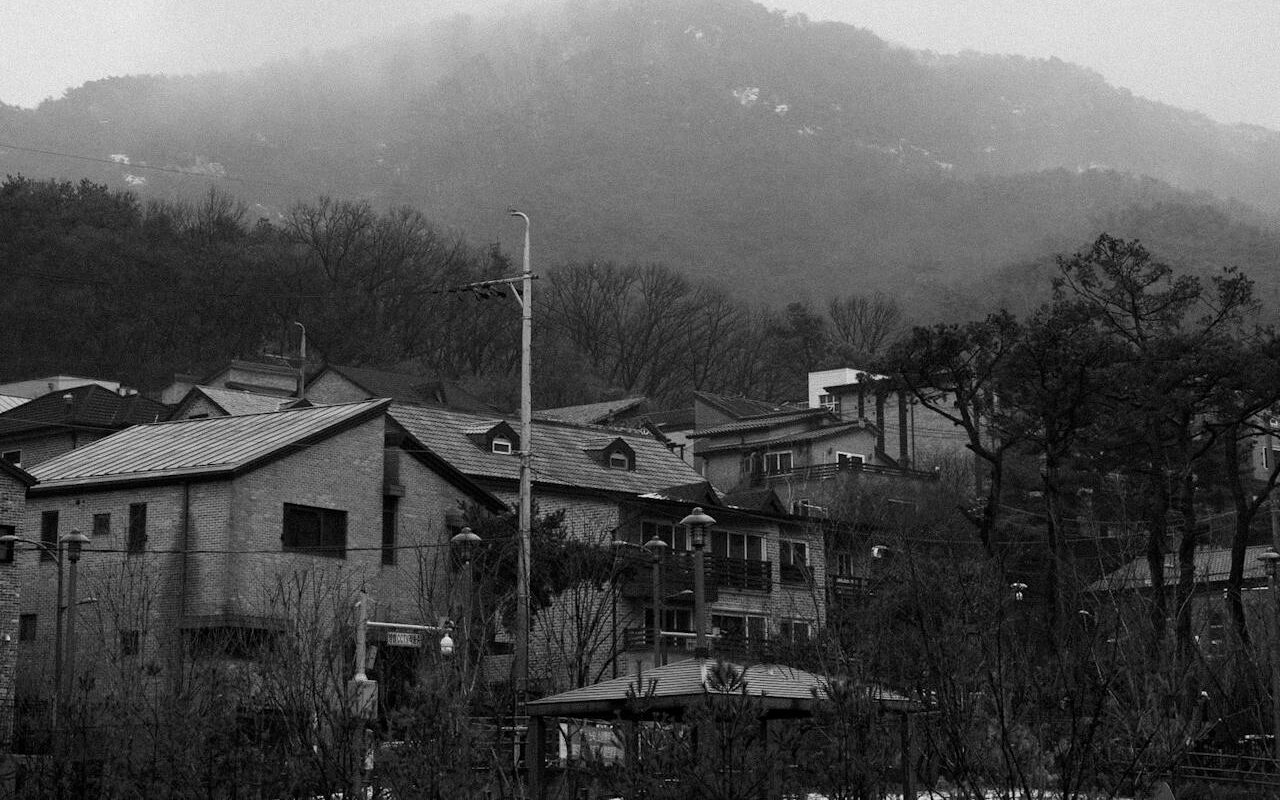
Ghangaria, the beginning location for the Hemkund Sahib trek, has hotel options. To assure availability, it is best to book your lodging ahead of time, especially during high seasons. Guesthouses and tents are among the a place to stay available to suit a wide range of budgets and interests. Booking in advance provides peace of mind and prevents last-minute problems. Additionally, confirm the availability of essential necessities such as food and water. Proper planning provides a comfortable stay and a smooth walk to Hemkund Sahib.
Medical Facilities
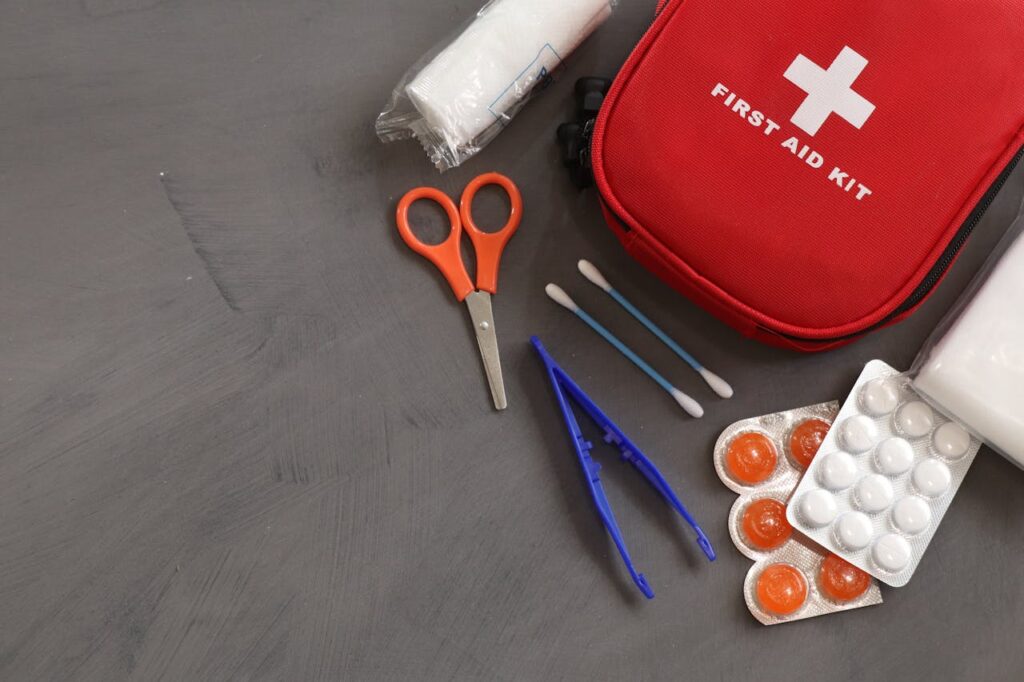
Ghangaria provides basic medical services, albeit perhaps limited. It is advisable to have a basic first aid kit as well as any necessary medications. Include bandages, antibacterial ointment, pain relievers, and any personal medications. Though medical aid is available, self-reliance is essential. When packing, take into account typical illnesses such as blisters, headaches, and minor injuries. Additionally, make sure your kit includes necessities such as sunscreen and insect repellant. Being prepared allows you to treat minor medical issues when walking to Hemkund Sahib.
Permits and Registration

Before beginning the Hemkund Sahib trek, participants must register at the Govindghat trekking counter. Permits could be required, especially for foreign tourists. Registration assures trekker safety and aids rescue operations if necessary. Foreign nationals should inquire about the individual permit requirements. Compliance with registration and permit requirements helps to preserve trail safety and protect the natural environment. When walking to the temple, make sure to bring the necessary identity documents and permissions.
Respect and Etiquette

The temple holds a significant importance for both Sikhs and Hindus. Visitors should dress modestly and honor the gurudwara and the sacred lake. Maintain silence and decorum to respect the spiritual environment. Before entering the Gurudwara, cover your head and remove your shoes. Follow the norms for courteous behavior, which include not taking photographs inside the gurudwara. Observing these rituals demonstrates reverence and provides a peaceful experience for all visitors to Hemkund Sahib.
Waste Management

Trekking to the temple requires responsible tourism practices. Trekkers should dispose of all rubbish, including non-biodegradable objects. Leave no trace behind and protect the natural environment. Dispose of waste appropriately at specified disposal sites. Avoid polluting and hurting the environment. Staying on defined pathways shows respect for wildlife and vegetation. By adhering to these standards, trekkers help to preserve Hemkund Sahib’s natural beauty for future generations to enjoy.
Guides and Porters
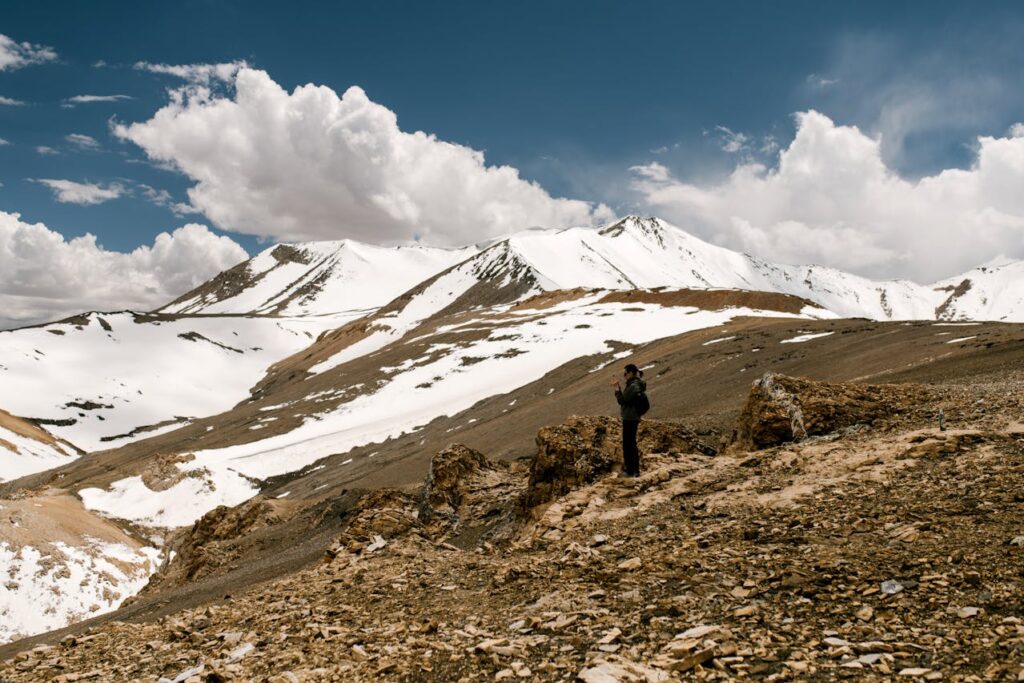
Hiring a local guide or porter is advantageous for inexperienced trekkers who are unfamiliar with the terrain. Guides provide invaluable support and expertise, resulting in a safer and more pleasurable trekking experience. They traverse the trail, provide information about the surroundings, and offer assistance as needed. Porters assist with luggage transportation, relieving hikers of some of the weight. Both guides and porters help to make the journey to Hemkund Sahib go more smoothly, increasing confidence and comfort along the route.
Emergency Contacts
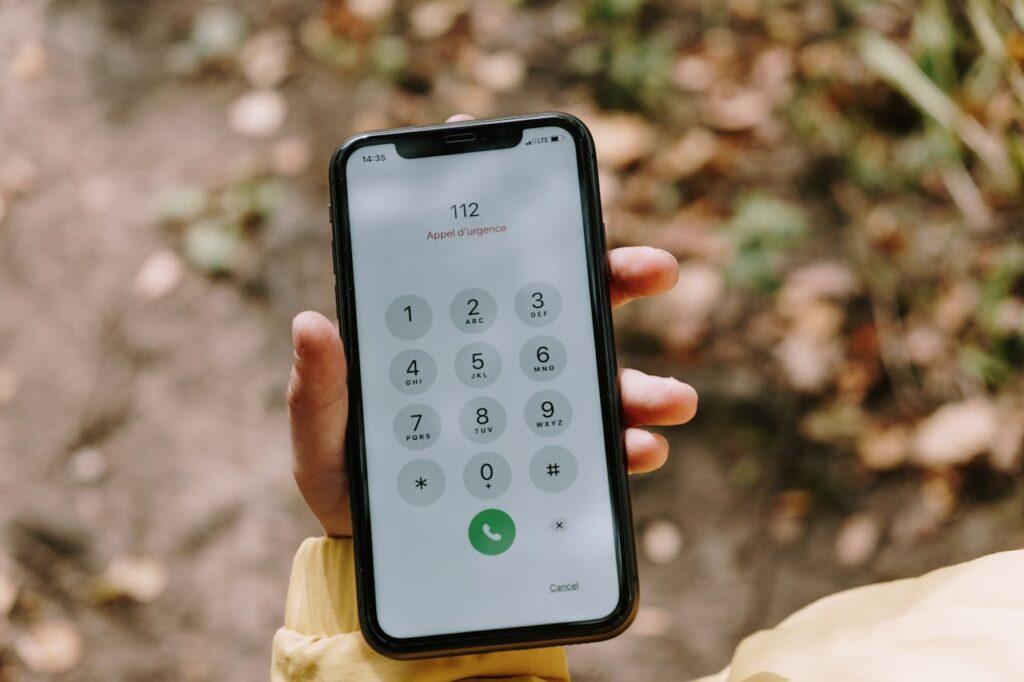
Keep emergency contact information handy while trekking to Hemkund Sahib. Include local government, medical institutions, and trekking agencies on your list. These contacts are critical in the event of unforeseen occurrences or crises, such as injury, illness, or inclement weather conditions. Access to emergency services guarantees rapid support and intervention when required. To ensure your safety, share your itinerary and emergency contact information with a trusted friend or family member before going on the walk.
Hemkund Sahib trek’s pictures/Images
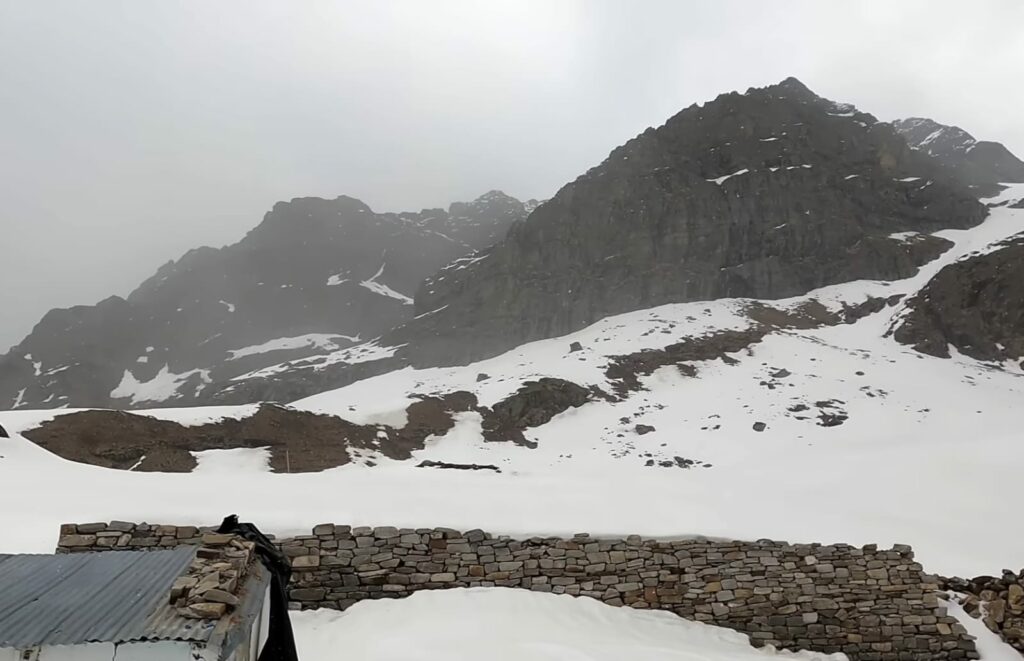
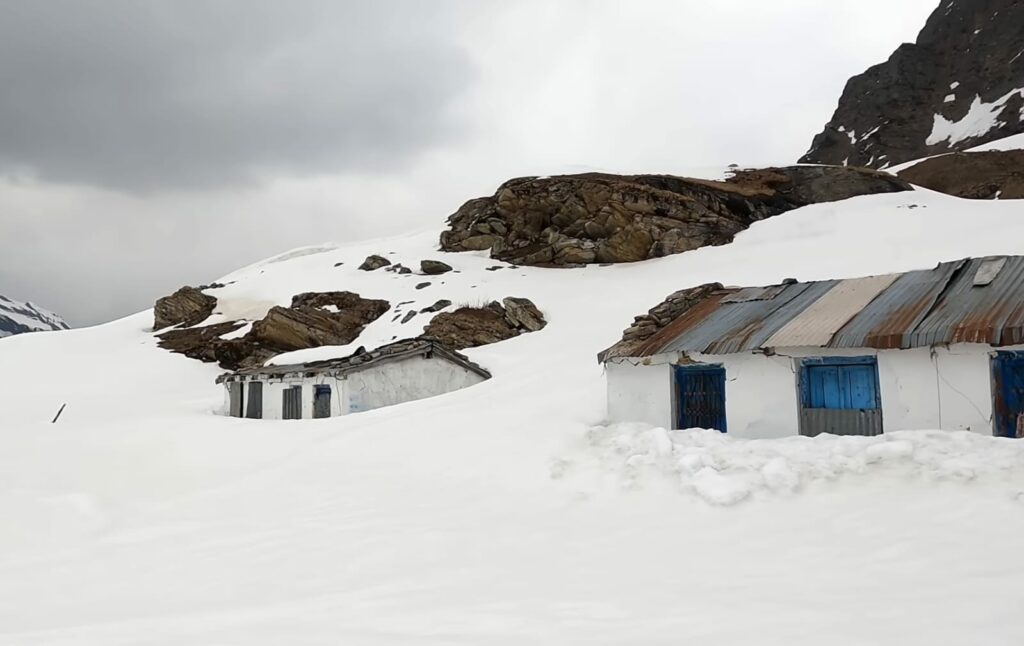
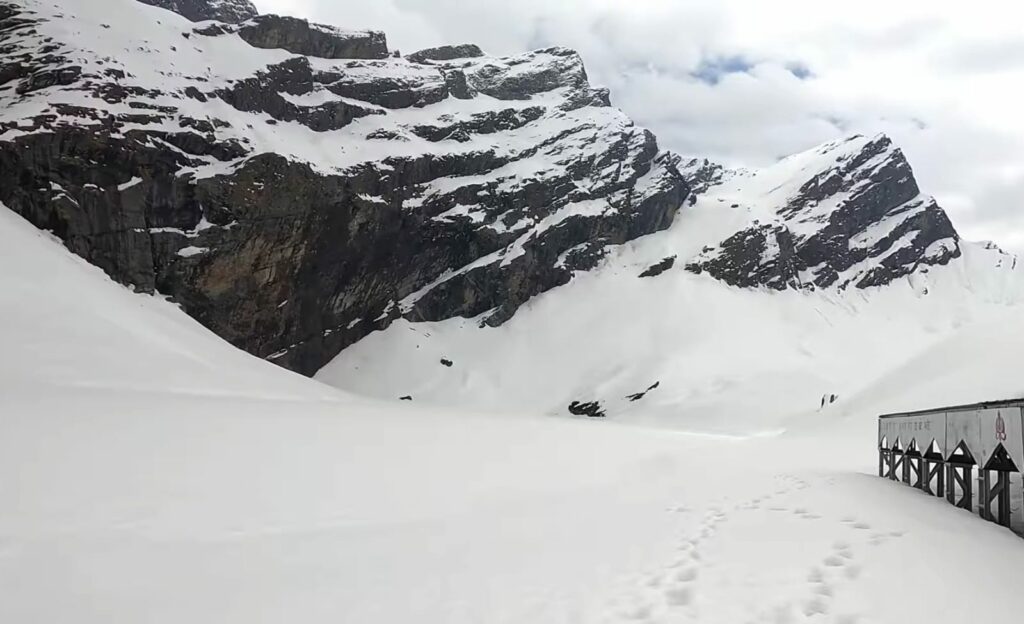
What is Hemkund Sahib?
Hemkund Sahib is a Sikh temple in Uttarakhand’s Garhwal Himalayas, at an elevation of more than 15,000 feet. It is regarded as one of the holiest pilgrimage places in Sikhism.
How do I reach Hemkund Sahib?
The trek to Hemkund Sahib usually starts from Govindghat, accessible by road from major cities like Rishikesh and Haridwar. From Govindghat, it’s a challenging trek of approximately 19 kilometers to reach Hemkund Sahib.
When is the best time to visit Hemkund Sahib?
The best time to visit Hemkund Sahib is from June to September, during the summer and monsoon seasons. Weather conditions are relatively stable during this period, and the trekking route is accessible.
Is the trek to Hemkund Sahib difficult?
Yes, the trek to the temple is challenging, especially the steep ascent from the base camp at Ghangaria. It requires a good level of physical fitness and stamina, and trekking poles can be helpful for stability.
Are there accommodation options available near Hemkund Sahib?
Yes, accommodation options are available in Ghangaria, the base camp for the temple’s trek. It’s advisable to book accommodation in advance, especially during the peak season.
What should I carry during the trek to Hemkund Sahib?
Essential items to carry include appropriate clothing for both sunny and cold conditions, trekking gear, sufficient water, snacks, a basic first aid kit, necessary medications, and emergency contact numbers.
Are there any guidelines to follow while visiting Hemkund Sahib?
Visitors are expected to dress modestly, maintain silence and decorum around the gurudwara and the sacred lake, and respect the religious customs and traditions of the shrine.
Is altitude sickness a concern while trekking to Hemkund Sahib?
Yes, the temple is located at a high altitude, so altitude sickness is a concern. It’s essential to acclimatize properly, stay hydrated, and recognize symptoms of altitude sickness.
Are there medical facilities available near Hemkund Sahib?
Basic medical facilities are available in Ghangaria, but they may be limited. It’s advisable to carry a basic first aid kit and any necessary medications during the trek.
Visit official website of the temple from here.